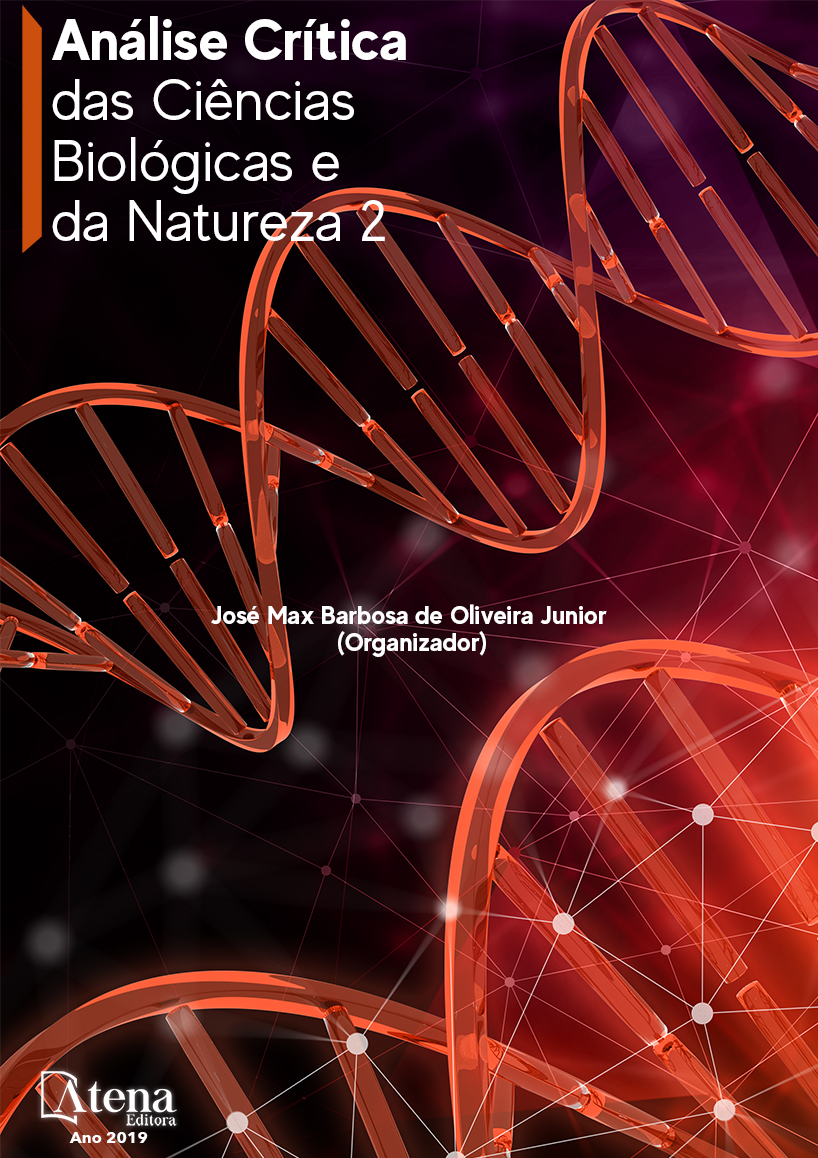
BIOFILTRO DE RESÍDUO ORGÂNICO APLICADO NA DESSALINIZAÇÃO DE ÁGUA SALOBRA
Apenas 2,5% dos recursos hídricos
no mundo são de água doce sendo em torno
de 0,3% distribuídos de forma desigual sobre
a terra. Essa situação gera problemas de
escassez de água doce em diferentes países,
incluindo o Brasil, onde as localidades mais
atingidas encontram-se no Nordeste. Essa
região é caracterizada climaticamente como
semiárida, principalmente o sertão nordestino,
que sofre com a escassez de água devido à
baixa pluviosidade. Agravando este cenário,
a qualidade de água de poços artesianos
apresenta-se quase sempre imprópria para
consumo humano devido ao alto grau de
salinidade. Com a escassez de água doce
e seus efeitos socioambientais, tem-se
buscado novas tecnologias de dessalinização.
Confrontando a realidade de que os recursos
existentes atualmente são inviáveis para
diversas classes sociais, especialistas buscam
alternativas para a obtenção de processos
sustentáveis que contemplem esta demanda
ambiental. Dentro deste contexto o presente
trabalho avaliou, em estudo preliminar, o
potencial para dessalinização de água salobra
de um biofiltro utilizando os resíduos orgânicos
do coco correspondente ao endocarpo e a
semente de mamão. Obtiveram-se resultados
positivos por meio das análises que utilizaram
a densidade para avaliar a quantidade de
sais retidos, resultando em um percentual de
aproximadamente 50% (coco e mamão). A
dessalinização por métodos alternativos, dessa
maneira, pode representar, no futuro, uma
solução para o problema da água salobra e
salina.
BIOFILTRO DE RESÍDUO ORGÂNICO APLICADO NA DESSALINIZAÇÃO DE ÁGUA SALOBRA
-
Palavras-chave: Dessalinizador; salinidade de poços; adsorção; crise hídrica.
-
Keywords: Desalinatian; salinity of wells; adsorption; water crisis.
-
Abstract:
Only 2,5 % of water resources in
the world are of fresh water being around 0,3%
distributed unevenly over the Earth. This is to
the job has been produced in the continental
countries in the countries, including the Brazil, where more localized localities found
themselves in the Northeast. This region is characterized climatically as semi-arid,
mainly the northeastern sertão, which suffers from the scarcity of water due to the low
rainfall. Aggravating this scenario, the water quality of artesian wells is almost always
unfit for human consumption due to the high degree of salinity. With a shortage of
fresh and fine water and socio-environmental, it has been looking for new desalination
technologies. Confronting the reality of their resources are currently unviable for
various social classes, experimentalists seek alternatives to a search for sustainable
processes that comprise this environmental demand. In this context the present work is,
in preliminary study, the potential for the desalination of brackish water from a biofilter
using the organic components of the coconut to the endocarp and the papaya seed.
Positive results were obtained through analyses that used the density to evaluate the
amount of amount of salts retained, resulting in a percentage of approximately 50%
(coconut and papaya). Desalination by alternative methods, in this way, can represent,
in the future, a solution to the problem of brackish and saline water.
-
Número de páginas: 15
- Francielle Fernandes Gonçalves de Barros
- Rebecca Carvalho Mendes e Silva
- Charles Albert Moises Ferreira
- Juliana Parolin Ceccon


